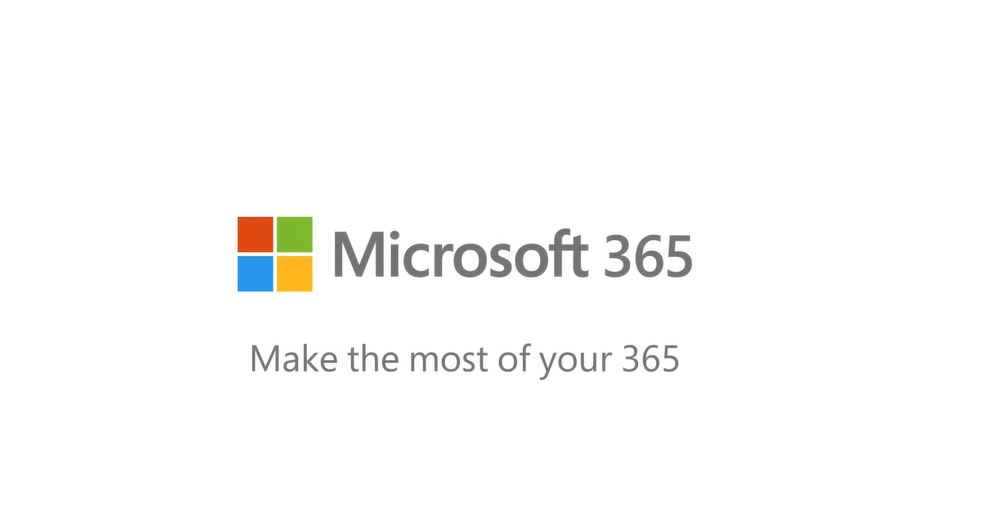As cybersecurity threats continue to grow, it’s becoming more important for businesses to be prepared for potential attacks to protect the integrity of the company’s data. Although some cyber attacks may be impossible to avoid, there are ways to help detect cybersecurity threats before they are able to cause any lasting damage.
What is a cyber security threat?
A cybersecurity threat is an attack by an individual or organisation that often damages or exploits a company’s confidential data. There are many types of cybersecurity threats, such as data breaches and cyber attacks, which are becoming increasingly complicated. This means businesses need to know exactly how to identify cybersecurity threats so they’re able to implement security measures against them.
How do you identify cyber security threats?
Identifying cybersecurity threats can be challenging. Cybersecurity is a constantly evolving field that requires regular monitoring in order for businesses to stay on top of their potential threats. A key approach used to identify cybersecurity threats includes three steps: identifying assets, identifying threats and identifying vulnerabilities.
Identify assets
To fully understand your company’s cybersecurity risk exposure, you need to determine what your key assets are. When it comes to cybersecurity, it’s almost impossible to protect everything, so you need to prioritise the assets that are the most important to keep safe. This can include anything from the business including desktop computers, work phones, servers and databases.
In order to prioritise your assets, you need to think about the way your business operates, the types of systems you use and the information it stores. You may ask yourself the following questions:
- What assets are the most important to your daily operations?
- Which databases would have the biggest impact if it were to be damaged or stolen?
- Is there any data that could break employee confidentiality if it were breached?
- Are there any assets you would be unable to operate with if they were to be frozen?
Identify threats
Identifying cybersecurity threats involves considering the potential sources of harm to the assets you need to protect. You should also think about the types of threats that your business could be more vulnerable to. This includes all cybersecurity threats, but also business-related threats such as supply-chain security and equipment failure that may cause additional cybersecurity risks.
When identifying these cybersecurity threats, it’s important to discuss the following:
- The potential impact each threat may have on the business
- The likeliness of each threat happening
- The specific types of attacks that could affect the business ability to operate
- The level of risk management the company is willing to take
Identify vulnerabilities
Once you have identified all of the cybersecurity threats against the company, you need to determine weaknesses within your cybersecurity that could make you more vulnerable to potential attacks. It may not be simple to pin your weaknesses down to a few sources, so ensure to think about wider company practices that could be affecting your cybersecurity. Some key questions to consider include:
- Do you have a thorough cybersecurity response strategy?
- Are you using old or outdated operating systems?
- Do you have reliable backups of all-important data?
- Have you offered efficient employee training on cybersecurity?
- Does your company offer work phones or is information being passed through personal mobiles?
- Have you invested significantly in email security to catch phishing and ransomware attacks?
Forward-thinking companies often also employ penetration testing to identify vulnerabilities and solve them before cybercriminals have the chance exploit them.
How can you detect cyber security threats?
If you’re able to detect cyber threats before they happen, you may be able to prevent damage within your organisation. There are a number of security automation softwares and security solutions that can assist with monitoring potential threats more easily and can detect risk early.
Firstly, a reliable antivirus software is a must-have for all businesses and will help protect your company against many threats such as malware, ransomware and spyware. They alert you as soon as a high-risk incident takes place so you can locate and mitigate the threat quickly.
You may also opt for a threat-detection log that keeps a documented track of any unusual activity in your networks. From this, you can access a complete assessment of your security to be informed of any suspicious activity.
Ultimately, being able to identify cybersecurity threats can help prevent serious damage to your company’s private data; although identification alone isn’t enough. Every business needs clear internal policies and strategies that ensure employees are following secure practices. If you need support with your security, we offer IT support and security bundles that provide you with the highest quality of service at the level of support your business needs. Should you be faced with a specific issue, we also offer nuanced IT security consultancy to help advise on any of your cybersecurity concerns.


 Previous
Previous








